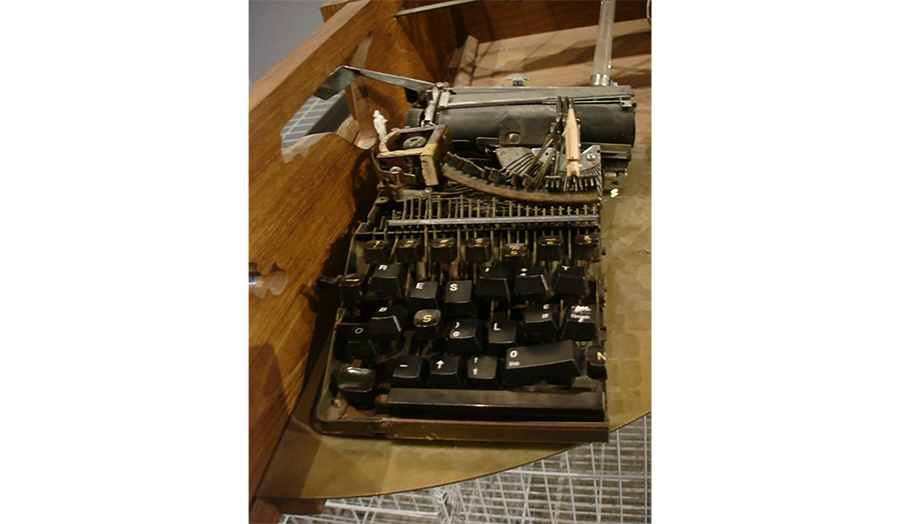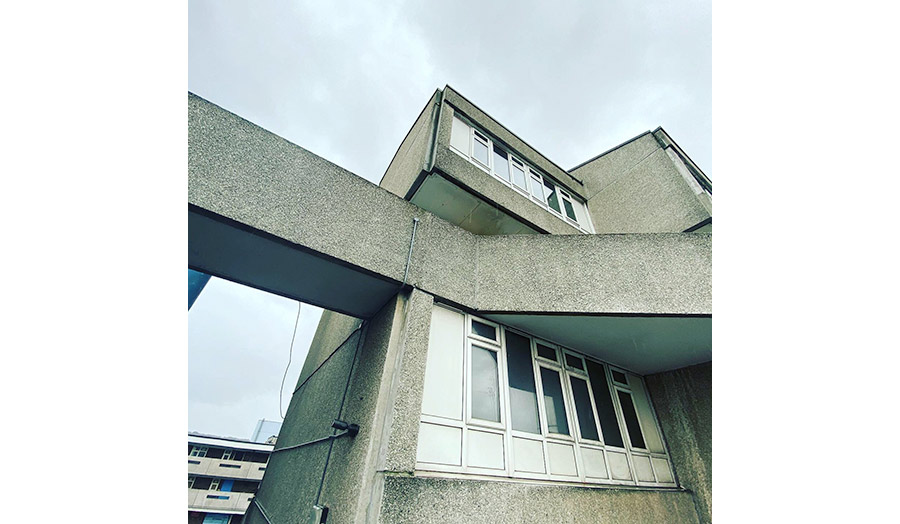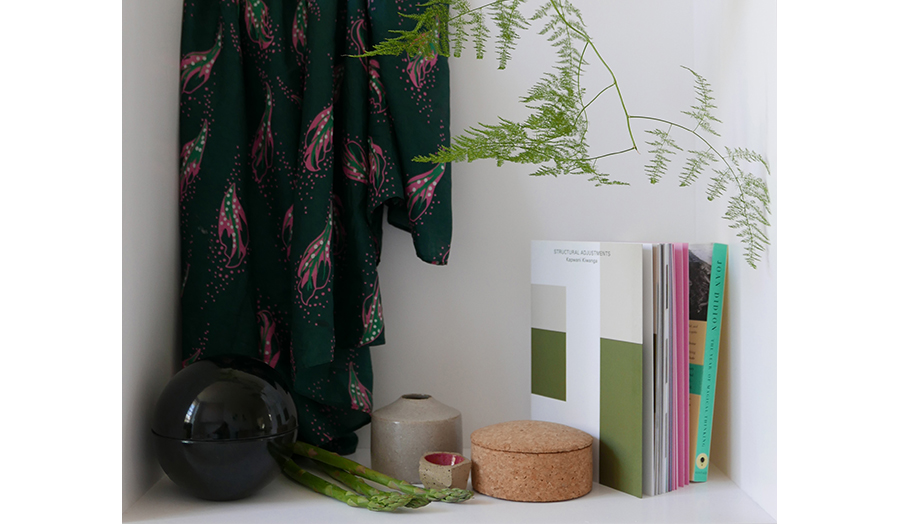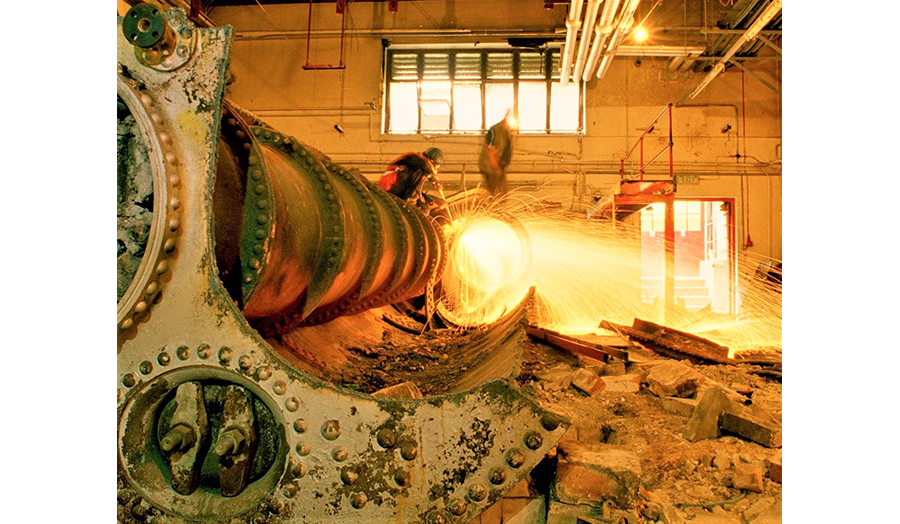Studio brief
Briefing: Week 5: 31 October 2019
Submission: Week 15: 30 January 2020
As societies think more deeply about themselves as participators and contributors within the world, both in business and in home environments, people are more aware of their emotional and sensory responses to the everyday. These two important layers of consideration are no longer just for luxurious or special environments but for all spaces and places of engagement. People now seek out spaces that have focus, that aim to balance or connect with the body and mind.
Stand point
Following the brief Making Sense, and aligned to the subject of emotional and sensory space, you are asked to create a new concept for the podium and its two underground car parks within the Middlesex Street Estate.
Preamble
The Middlesex Street Estate was built in 1965–72. The design comprises a post-war social programme to house the local community, but also through new modernist ideals provides open community space that the people within the greater neighbourhood were able to enjoy and use the internal spaces within the estate.
The podium is an internal platform located over a two-storey car park. The flats that surround the podium in one sense provide the crenellation or a defensive architecture to shelter the space from the City and the East End – and also offer considerable wind defence. The flats as a collective are the margin between outside and inside. Access to and from has since changed to prevent open access. Long-term antisocial behaviour has forced the inhabitants of the Middlesex Street Estate to fight for the open space of the podium to become closed to the public and convert to privately occupied space.
London’s housing crisis has demanded that local councils find more space for housing and as such social and community spaces such as youth clubs and community halls have been minimised or transformed into housing.
Brief
You are asked to investigate the podium and the two underground car parks and develop a new programme that follows the original aspiration to combine, unite and conjoin the inhabitants of the estate and the wider community of both the City of London and Tower Hamlets.
Project requirements
- Research: Mapping contextual information.
- Precedent knowledge of similar housing programmes with social and community agendas.
- The Big Idea: annotated and reflected upon. What senses or emotional engagement is intended and why? Does this make a good business case?
- Fully annotated draft/sketch programme showing the horizontal and vertical journeys through the three levels of the car parks and the podium outlining the connections of the inhabitants, neighbourhood community and spaces.
- Sectional models (1:100): use drawing and photography as well to show the design development testing spatial possibilities, both sensory and emotional.
- Larger sectional models: showing individual areas and interventions.
- Visuals: describe the sensory and emotional ideas.

Details
| Course | Interior Design MA Product Design MA |
|---|---|
| Tutor | Kaye Newman |
| Where | Calcutta House Studio MA Design, first floor |
| When | Tuesday and Friday |




